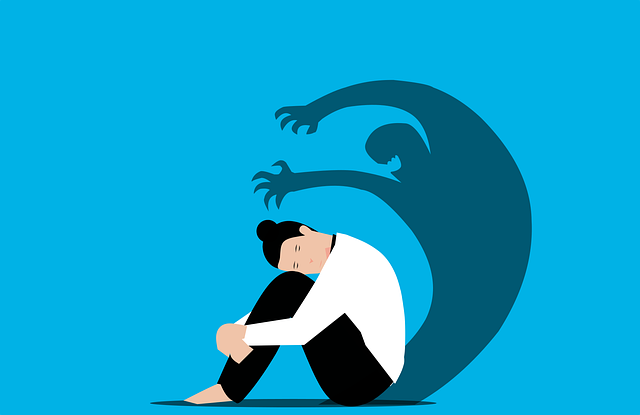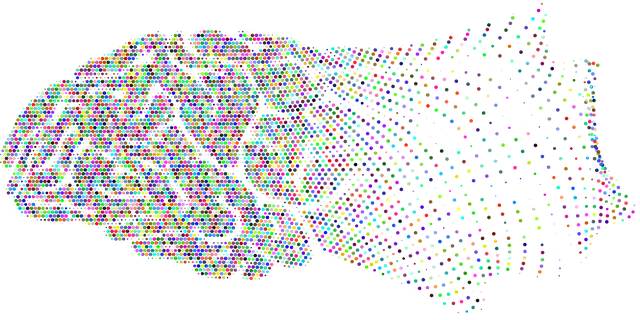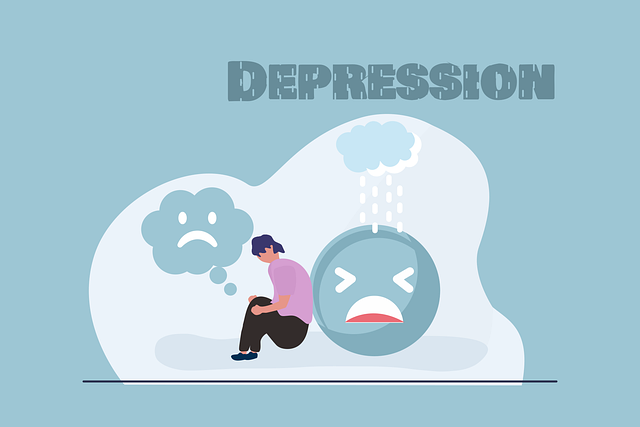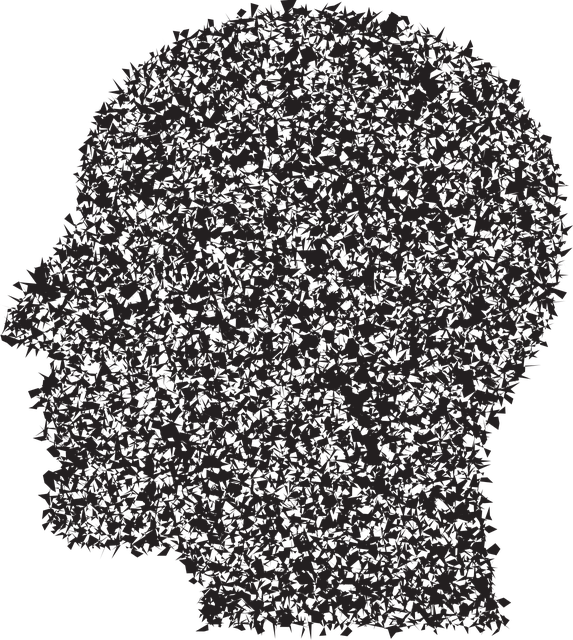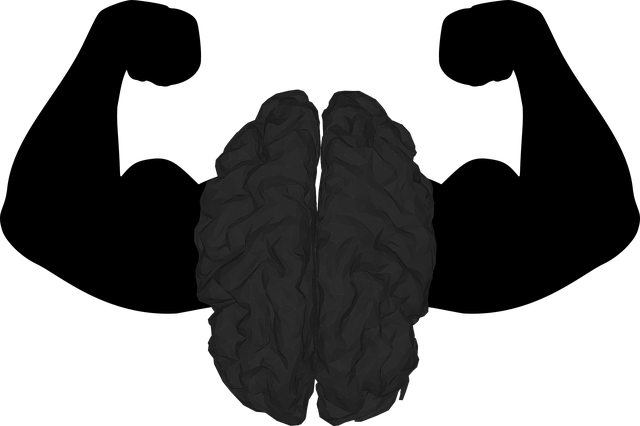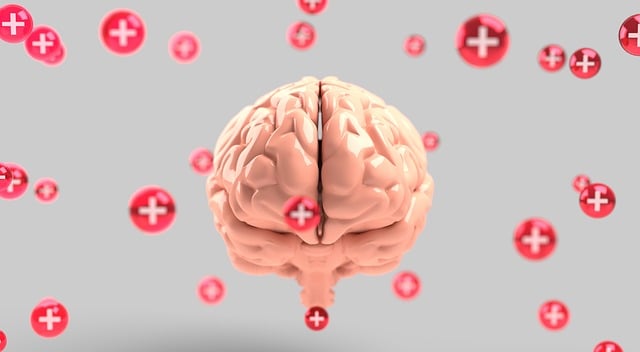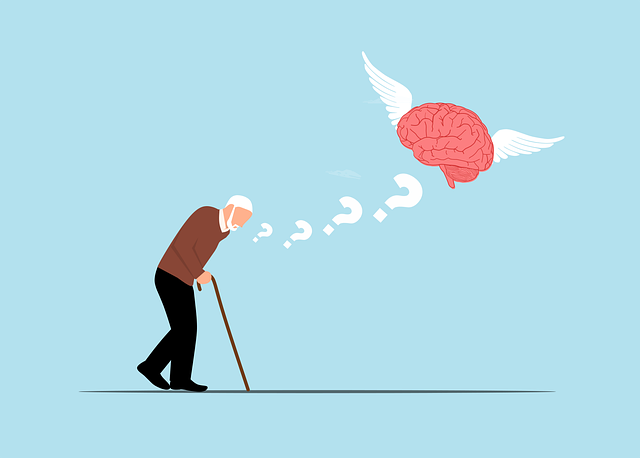Mental health stigma, particularly around chronic pain conditions like those treated by Centennial Chronic Pain Therapy, significantly impedes access to support and effective care. To combat this, various strategies are essential: education, awareness campaigns, empathy-focused initiatives, mindfulness practices, and burnout prevention for mental health professionals. Community engagement through support groups is powerful in reducing stigma, fostering understanding, promoting healing, and encouraging help-seeking behaviors. Responsible media representation, challenging stereotypes, and depicting relatable characters also play a crucial role in normalizing mental health support.
In an era where mental health awareness is gaining traction, stigma reduction remains a pivotal challenge. This article explores comprehensive strategies to combat the societal barriers surrounding mental illness, focusing on chronic pain as a relatable example. We delve into historical misconceptions, the power of education and media representation, community engagement through support groups, and how these efforts mirror the evolution of Centennial Chronic Pain Therapy. By understanding stigma’s impact, we can foster an empathetic, supportive environment for those seeking healing.
- Understanding the Impact of Stigma on Mental Health: A Historical Perspective on Chronic Pain Misconceptions
- Strategies for Challenging Stigma: Education and Awareness Campaigns in Action
- The Role of Media Representation: Portraying Mental Illness with Empathy and Accuracy
- Community Engagement and Support Groups: Building a Network to Reduce Stigma and Promote Healing
Understanding the Impact of Stigma on Mental Health: A Historical Perspective on Chronic Pain Misconceptions

The impact of stigma on mental health is profound and far-reaching, often hindering individuals from seeking necessary support and treatment. Historically, many mental health conditions have been shrouded in mystery and misunderstood, leading to widespread discrimination and marginalization. One such example is the long-standing misconception surrounding chronic pain, which has only recently begun to receive the attention it deserves in the medical community. For decades, people experiencing chronic pain were often dismissed as “lazy” or “dramatic,” with their symptoms questioned and their experiences trivialized. This historical stigma has significantly impacted the lives of many, causing avoidable suffering and delaying access to effective treatment, such as Centennial Chronic Pain Therapy.
Mental illness stigma reduction efforts are crucial in dismantling these misconceptions and promoting understanding. Initiatives that emphasize education, awareness, and empathy play a pivotal role in fostering an environment where individuals feel comfortable discussing their mental health struggles openly. Incorporating practices like mindfulness meditation can also aid in challenging negative thought patterns and reducing the internalized stigma often associated with seeking help. Additionally, burnout prevention strategies are essential to supporting those on the front lines of mental health care, ensuring they can provide compassionate and effective services without themselves succumbing to exhaustion or developing adverse attitudes that may inadvertently perpetuate stigma.
Strategies for Challenging Stigma: Education and Awareness Campaigns in Action

Stigma reduction efforts play a pivotal role in creating a more understanding and supportive society for those dealing with mental illness. One effective strategy is through education and awareness campaigns that challenge stereotypes and promote empathy. These initiatives can take various forms, such as public talks, Mental Wellness Podcast Series Production, and interactive workshops. By sharing personal stories and providing factual information about mental health conditions, including chronic pain disorders like those addressed by Centennial Chronic Pain Therapy, communities can foster a deeper understanding.
Empathy-building strategies are at the core of these campaigns, encouraging people to listen, learn, and connect with individuals facing mental illness. This approach, combined with the development of Mental Wellness Coaching Programs, can empower both supporters and sufferers, leading to improved access to care and enhanced overall mental wellness.
The Role of Media Representation: Portraying Mental Illness with Empathy and Accuracy

The media plays a pivotal role in shaping public perception and understanding of mental illness. Responsible media representation can significantly contribute to stigma reduction by presenting accurate, empathetic, and nuanced portrayals of individuals living with various mental health conditions. This is crucial, especially for chronic pain disorders like Centennial Chronic Pain Therapy, as it helps foster compassion and breaks down barriers.
When media portrays mental illness with integrity, it not only educates the public but also challenges stereotypes. Depicting characters with mental health struggles in a realistic light, without sensationalism or exploitation, can help viewers understand that these are relatable people with complex lives. This approach encourages empathy, dispels myths, and promotes the idea that seeking support for mental health issues is a normal and necessary aspect of self-care—a sentiment aligned with burnout prevention and anxiety relief efforts. Moreover, incorporating cultural sensitivity in mental healthcare practice, as highlighted by various initiatives, ensures that media representations are inclusive and respectful of diverse communities, further reducing the stigma associated with mental illness across different demographics.
Community Engagement and Support Groups: Building a Network to Reduce Stigma and Promote Healing

Community engagement is a powerful tool in the fight against mental illness stigma. By fostering connections and support within local communities, individuals facing challenges such as chronic pain can find solace and encouragement. Centennial Chronic Pain Therapy recognizes the significance of this approach, emphasizing its programs’ focus on building resilience and self-awareness exercises to empower individuals. These groups provide a safe space for sharing experiences, offering valuable peer support, and challenging societal perceptions.
Support groups, in particular, play a pivotal role in promoting healing and reducing stigma. They create a network of like-minded individuals who understand the unique struggles associated with mental health issues. Through open dialogue and shared resources, these gatherings enhance self-confidence and provide practical strategies for coping. By participating in such initiatives, communities can foster an environment that nurtures mental well-being, encourages help-seeking behaviors, and ultimately breaks down barriers created by stigma.
Mental illness stigma reduction is a multifaceted endeavor that requires historical awareness, educational initiatives, accurate media representation, and robust community engagement. By challenging misconceptions from the past, such as those surrounding chronic pain, we can create a more inclusive present. Active campaigns for mental health education and awareness, coupled with empathetic and authentic media portrayals, have the power to transform societal attitudes. Additionally, fostering community through support groups enables individuals to heal and reduce stigma on a local level, building a network of understanding and acceptance that extends beyond the confines of traditional therapy, like Centennial Chronic Pain Therapy approaches.

